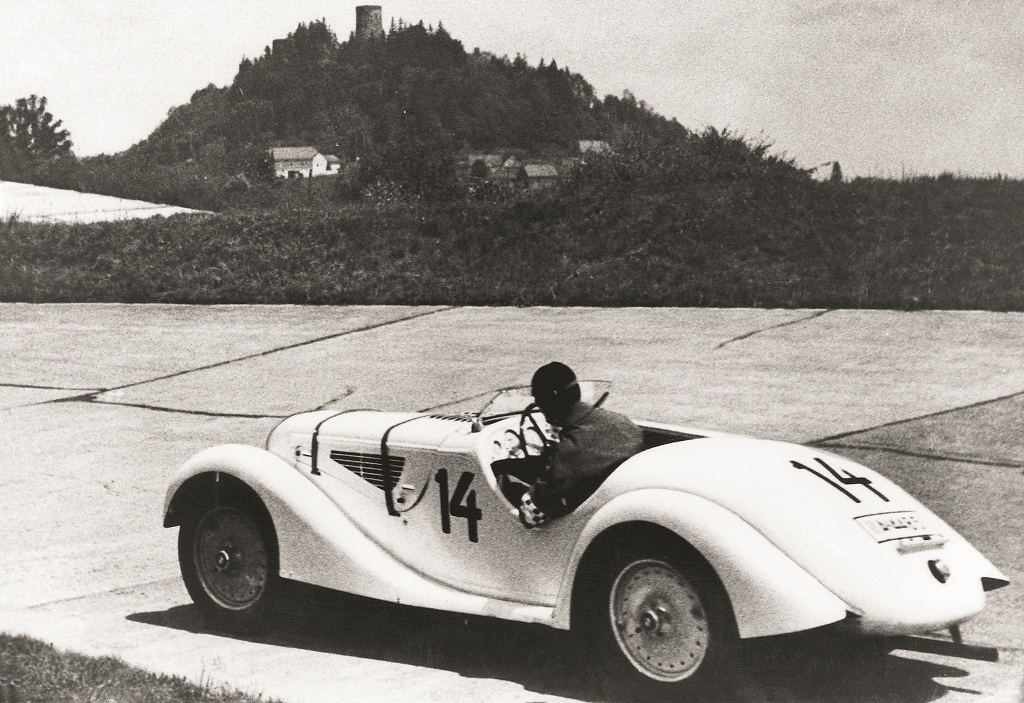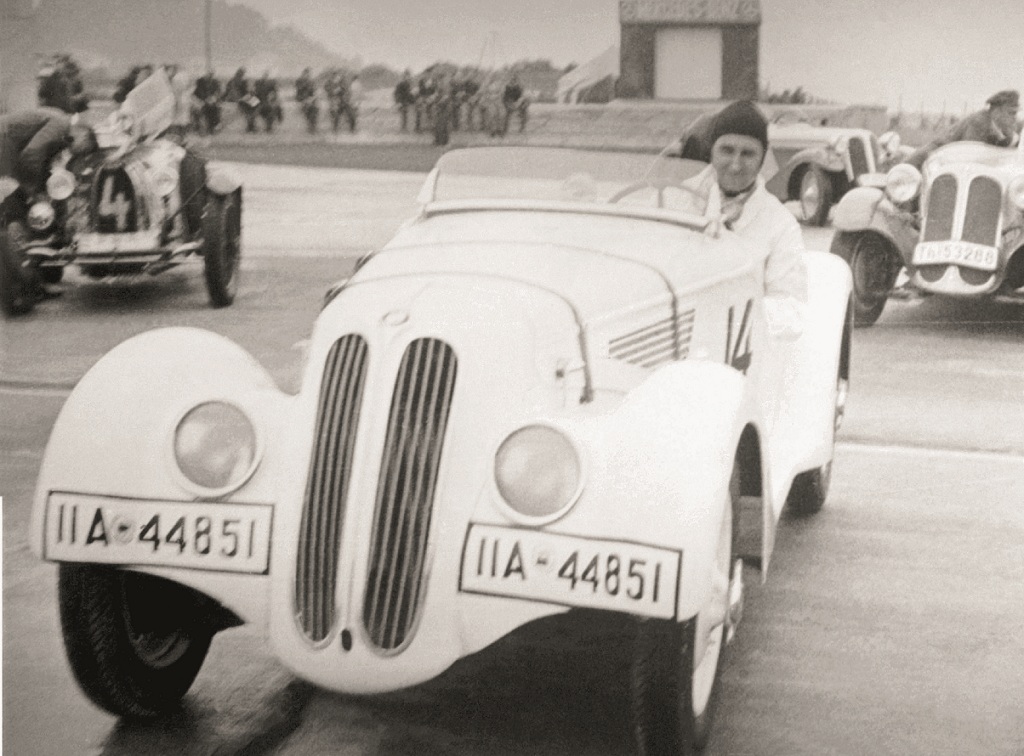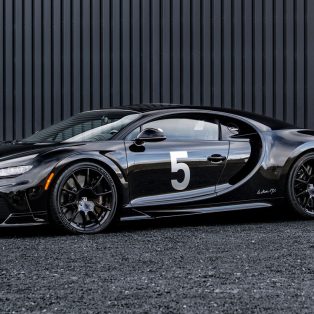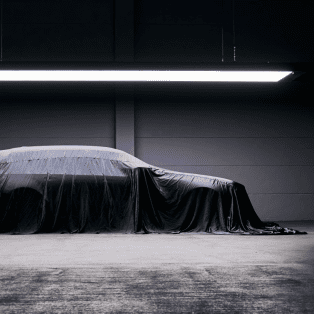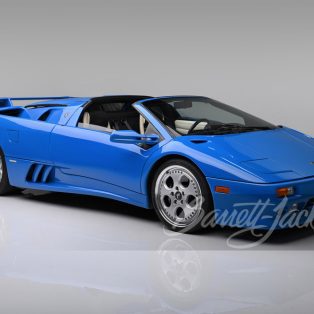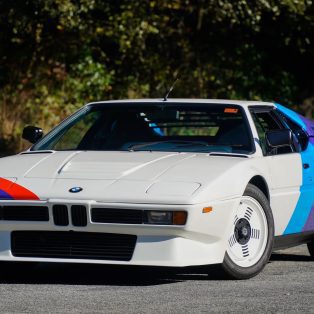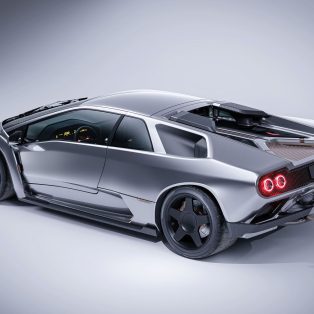1936 BMW 328 Prototype
In 1936 BMW prepared the first three pre-production 328s for motor sports duties. These were disinguished by their small front headlights, lack of doors, large fuel tank and all-aluminum construction.
In Detail.
The premiere of the BMW 328.
The history of the BMW 328 got off to a rousing start. Eschewing the now traditional motor show premiere, the sports car was first introduced to an admiring public in an altogether feistier environment – namely the International Eifel Race at the Nürburgring on 14 June 1936. A blanket of silence enveloped the new arrival in the lead-up to the race. Only a handful of insiders were let in on the secret, a modest brochure released to this select inner circle in late 1935 revealing the existence of a new 2-litre sports car to be known henceforth under the designation “Typ 328”. Its defiantly understated billing was notably short of fanfare, with output and km/h figures conspicuous only by their absence. Indeed, the car’s premiere even went without announcement in the press. The Roadster version, whose arrival was to revolutionise the sports car world over the subsequent two years, was unveiled almost as an after-thought, without drum roll or glitzy presentation. It was left to its abilities on the road to prick the public consciousness.
The tension builds.
Saturday, 13 June 1936, the day before the premiere of the BMW 328. A busy day at the Nürburgring draws to a close, but the air is still heavy with anticipation. The weather forecast for the following day is less than promising, but Ernst Jakob Henne – he of the distinctive hook nose – was relaxed: “We’re used to these conditions at the ‘Ring,” he shrugged. “A Sunday without rain is not a proper Eifel Sunday.”
Henne would be piloting the new car, the latest distinction of a career which had already seen him set a string of world records on BMW motorcycles over previous years. In practice his car ran like clockwork, and the next day was expected to be much the same.
Henne would be piloting the new car, the latest distinction of a career which had already seen him set a string of world records on BMW motorcycles over previous years. In practice his car ran like clockwork, and the next day was expected to be much the same.
The car’s engineers Rudolf Schleicher and Fritz Fiedle, meanwhile, were trying their best to disguise their nerves, but to little avail. Their anxiousness was justified; after all, scheduled for the following day was the debut of their sporty new two-seater – in one of the most important races of the year.
An impressive debut.
Sunday, 14 June 1936 – the day of the premiere. 34 runners were listed in the sports car category of the International Eifel Race. Seven of these were entered in the 2-litre class, and five were BMWs. Four were “Typ 319/1” cars, the other Ernst Jakob Henne’s snow-white Roadster. The car stood out from the crowd, its body boasting far more flowing forms, a curved front end with a pair of slim, kidney-shaped air intakes similar to those of the BMW 326 presented at the Berlin Motor Show that spring, headlights integrated into the front wings, a low, sloping windscreen and a bulbous rear end. Out of sight, yet most certainly not out of mind after the car’s lap times in practice, was the new engine lurking beneath the bonnet. The sound rumbling to the surface through the bonnet’s two leather securing belts indicated the presence of a six-cylinder unit producing maybe 80 or even 90 horsepower.
As forecast, the pleasant conditions of practice day were usurped by rain and mist on Sunday. But that didn’t deter 250,000 enthusiastic fans from flocking to the circuit to witness the most exciting race of the season. The new BMW 328 promptly put its rivals – some of them with much higher-output engines – to the sword, breaking the Nürburgring lap record for sports cars in the process. “For undiluted, top-class racing the International Eifel Race at the Nürburgring was the place to be,” trumpeted the daily press. “One of the most impressive results of the day was the victory of world record-breaking motorcycle rider Ernst Jakob Henne in the non-supercharged sports car class up to two litres. He even managed to set the fastest lap time of any sports car!” reported one paper. “Henne squeezed incredible performance out of his new 2-litre car,” added a stunned ‘Die Motorwelt’. “What magnificent acceleration! (…) this sports car is quicker than all its supercharged rivals! Henne takes the victory by a clear margin.”
Henne’s dream race and the premiere of the BMW 328 have gone down in Nürburgring folklore. But that wasn’t the end of the story: the victory of the new sports car, whose internal designation “Baumuster 328” did not appear in any of the gushing race reports, marked the start of a legend which has secured BMW’s status as a synonym for sporting commitment to this day.
Sustained success.
And so the BMW 328 had taken its maiden victory in its debut outing at the Nürburgring. The win was to be followed by more than 200 others over a lifespan that lasted into the 1950s. It was a run of success unparalleled by any other model in its class; few other cars have left such an enduring impression on the company’s motor sport history as the BMW 328 with its 2.0-litre straight-six engine.
After the triumph at the Nürburgring BMW set about conquering race tracks far and wide with a trio of BMW 328 prototypes. The universally positive reaction to the maiden victory of the new BMW sports car at the Nürburgring had sparked high expectations. There were some initial problems under sustained loads in the French Grand Prix at the high-speed Montlhéry circuit, but the flow of fastest laps and victories soon resumed. As early as August that year British BMW importer H. J. Aldington swept to glory in the Schleißheimer Dreiecksrennen race at the wheel of a BMW 328. And it was Aldington who urged the BMW top brass to enter another race outside Germany. A triumvirate of prototypes in green Frazer-Nash-BMW livery lined up for the Tourist Trophy in Ireland – and promptly sealed a clean sweep of the top three places.
However, it was still the three pre-production cars taking it in turns to rack up the wins, with various different drivers at the wheel over the months following the premiere. Private customers were forced to play the waiting game, as production was slow to get into gear; the first cars were not delivered to customers until late April 1937. And so it was a year after Henne’s dramatic debut before private BMW 328 owners could test out their new purchase in race action. Once the first customers did finally get their hands on their long awaited BMW 328, it was clear how the rest of the racing season would unfold. For example, at the 1937 Eifel Race there were nine BMW 328 racers on the grid, and the fight for victory would consequently be an in-house affair. Over the years that followed only a handful of cowed attempts were made by other cars to take on the hot-heeled BMWs.
Reports of victories continued to rain into Munich from every corner of Europe. And it wasn’t only class wins that the car was amassing so effortlessly, as much more powerfully-engined cars also succumbed to its irresistible will. The small
2-litre sports car was building a handsome collection of overall victories over once superior rivals. Sports car racing was fast being redefined, the BMW 328 giving the 2-litre class a powerful new contender.
In Detail
| type | Racing Car |
| built at | Germany |
| production | 3 |
| engine | Inline-6 |
| valvetrain | OHV 2 Valves / Cyl |
| displacement | 1971 cc / 120.3 in³ |
| bore | 66 mm / 2.6 in |
| stroke | 96 mm / 3.78 in |
| compression | 7.5:1 |
| power | 59.7 kw / 80.1 bhp @ 5000 rpm |
| specific output | 40.64 bhp per litre |
| bhp/weight | 96.51 bhp per tonne |
| torque | 126.09 nm / 93.0 ft lbs @ 4000 rpm |
| body / frame | Aluminum Body over Steel Frame |
| curb weight | 830 kg / 1830 lbs |
| wheelbase | 2400 mm / 94.5 in |
| front track | 1150 mm / 45.3 in |
| rear track | 1220 mm / 48.0 in |
| length | 3900 mm / 153.5 in |
| width | 1550 mm / 61.0 in |
| height | 1400 mm / 55.1 in |
| transmission | 4-Speed Manual |
| final drive | 3.88:1 |



